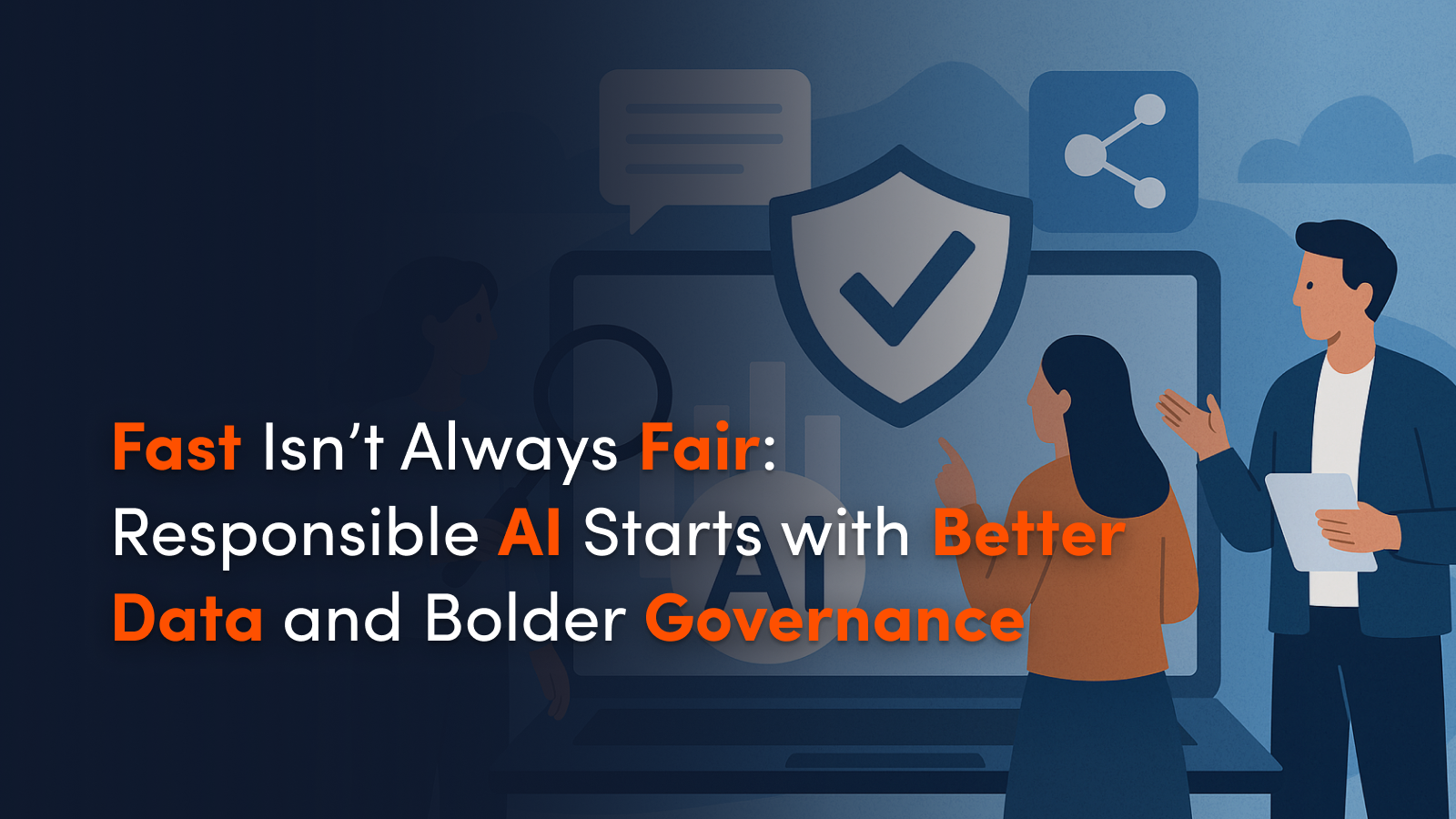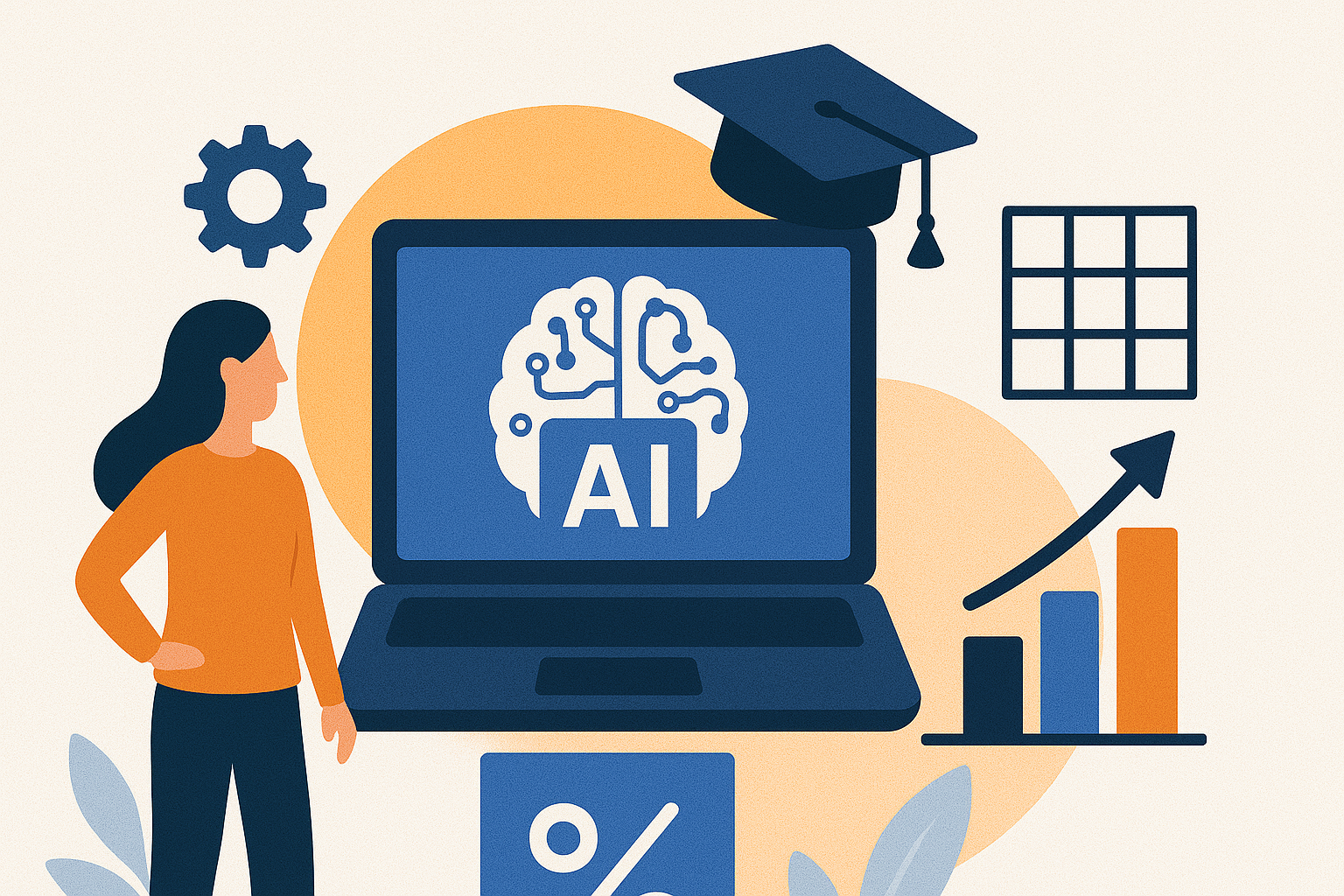About the Blog
In higher ed, AI is unlocking new ways to recruit, retain, and support students—but it’s also introducing a whole new layer of risk. And the speed at which AI tools are being adopted often outpaces the conversations around how they should be governed.
In a recent episode of The Pulse, Patricia Tozzi offered a much-needed reminder:
“Speed without equity or transparency isn’t innovation—it’s risk.”
That perspective cuts to the heart of what makes AI in education both powerful and precarious. It’s not just about what the tools can do; it’s about whether we’re building them—and using them—responsibly.
Here are three takeaways that higher ed leaders should keep in mind as AI adoption accelerates:
1. The Data You Use Shapes the Future You Build
AI systems are only as good as the data they’re trained on. And in higher ed, that data represents real people—students, families, staff. When data is outdated, incomplete, or biased, the models that rely on it can reinforce existing inequities.
Want to ensure your AI tools are pointing you in the right direction? Start by asking if your foundational data is clean, complete, and well-contextualized. That means investing in your CRM, aligning data across platforms, and being intentional about what gets tracked—and what gets overlooked.
2. AI Governance Isn’t Optional—It’s Urgent
Whether you’re using AI to personalize communications or predict melt, you need clear policies that protect privacy, promote transparency, and define ethical use. Governance isn’t just a legal checkbox—it’s the framework that ensures your tools reflect your institution’s values.
That includes regular audits to check for bias, clear documentation of how decisions are made, and opportunities for students and staff to understand (and question) how AI is used. Governance builds trust—and without trust, innovation can’t scale.
3. Equity Should Be a Feature, Not an Afterthought
AI can make processes faster and cheaper, but if those gains come at the expense of marginalized students, they aren’t worth it. Efficiency without equity is just automation.
The real promise of AI in education lies in its ability to spot gaps, surface unseen trends, and help institutions serve more students more effectively. But that only happens when equity is baked into the process from the start—from the data you collect, to the models you train, to the outcomes you measure.
Final Thought:
AI isn’t just a technology shift—it’s a leadership challenge. Institutions that move quickly but thoughtfully, with a focus on data quality, transparency, and ethical design, will be the ones that lead the way. The future isn’t just about what AI can do. It’s about whether we’re ready to use it with intention.










